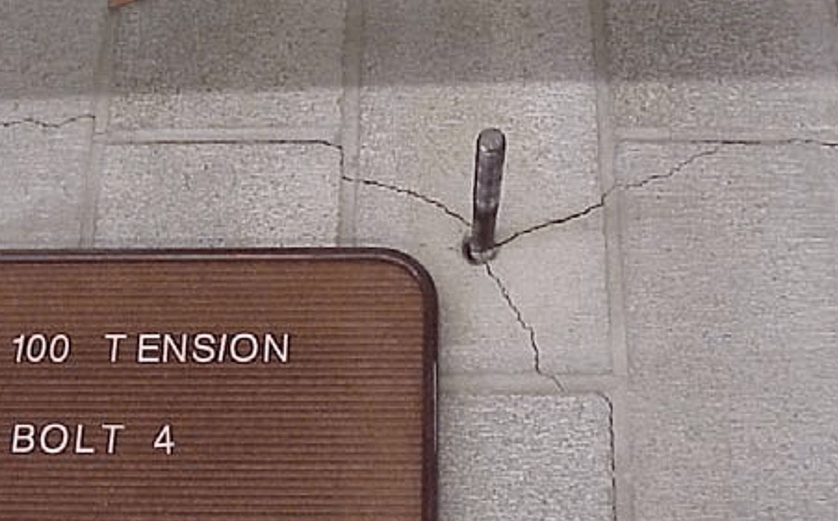Anne M. Fabrello-Streufert[1], David G. Pollock[2], David I. McLean[3] and Thomas C. Young[4]
ABSTRACT
The objective of this research was to investigate the interaction behavior of anchor bolts in grouted concrete masonry under combined tension and shear loading. The behavior of anchor bolts under combined loading is not well understood, leading to current design procedures that incorporate a conservative linear interaction relationship.
- Graduate Student, Civil and Environmental Engineering, Washington State University, PO Box 642910, Pullman, WA 99164-2910 USA afabrell@mail.wsu.edu
- Assistant Professor, Civil and Environmental Engineering, Washington State University, PO Box 642910, Pullman, WA 99164-2910 USA dpollock@wsu.edu
- Professor, Civil and Environmental Engineering, Washington State University, PO Box 642910, Pullman, WA 99164-2910 USA mclean@wsu.edu
- President, Northwest Concrete Masonry Association, 40 Lake Bellevue, Suite 100, Bellevue, WA 98005-2480 USA
For this project, combinations of tension and shear loads were applied to anchor bolts embedded in nominal 200-mm (8-inch) thick concrete-masonry walls. The anchors were J-bolts with a 19-mm (3/4-inch) diameter and 90° bends and were embedded to an effective embedment depth of 102 mm (4 inches), in accordance with MSJC-1999 and UBC-1997 specifications. The masonry walls were fully-grouted, unreinforced walls that measured nominally 1.0 meters (40 inches) square. In addition to pure shear and pure tension tests, a series of tests were conducted in which anchor bolts were loaded to a certain percentage of the average pure shear capacity and then simultaneously loaded in tension to failure. Similarly, in another series of tests, anchor bolts were loaded to a certain percentage of the average pure tensile capacity and then simultaneously loaded in shear to failure. A total of 64 anchor bolts were tested.
Results from this testing indicate that the interaction design curve should be altered from a linear interaction to an elliptical interaction. It is recommended that an elliptical interaction with exponents of 5/3 be used for the combined tension and shear loading of anchor bolts in concrete masonry. The elliptical interaction equation provides a more rational design basis and will allow designers to more efficiently use anchor bolts.
Key words: anchor bolts, concrete masonry, tension, shear, combined loading
anchor04



